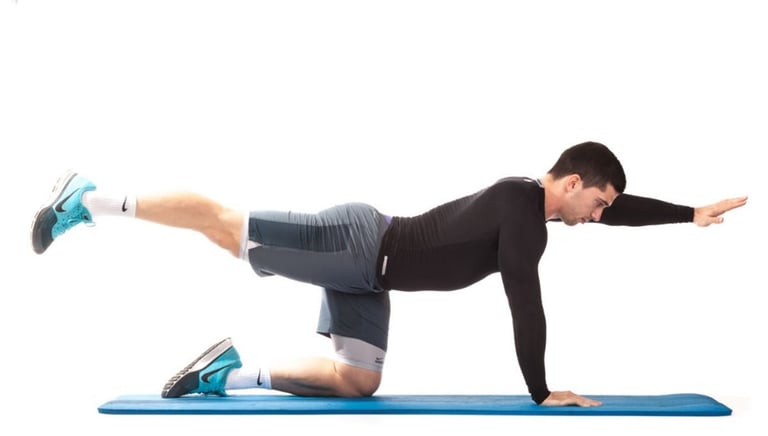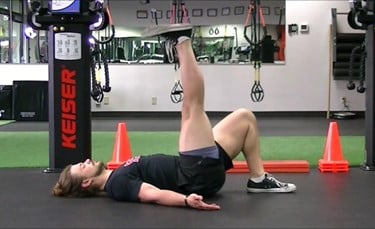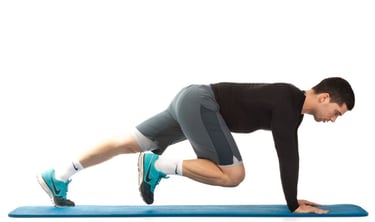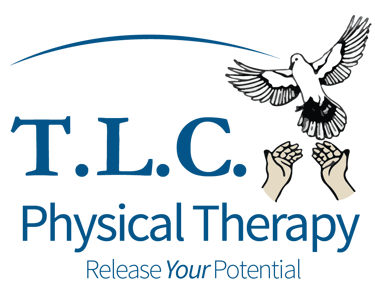The Importance of Core Strength for Seniors
Discover the Key to Enhanced Mobility and Balance: This comprehensive guide explores the importance of core strength for seniors, especially those in Staten Island, Brooklyn, and Manhattan. Learn about the benefits of core strengthening, including improved stability, posture, and injury prevention. The TLC Physical Therapy Team covers simple yet effective exercises like core bracing, Bird Dog, Moving Hip Bridge, Supine Leg Extension, and Plank With Knee Drive. Ideal for seniors seeking a more active, independent lifestyle, this article provides easy-to-follow steps to integrate these exercises into your daily routine, ensuring a healthier, more mobile future
1/3/20245 min read
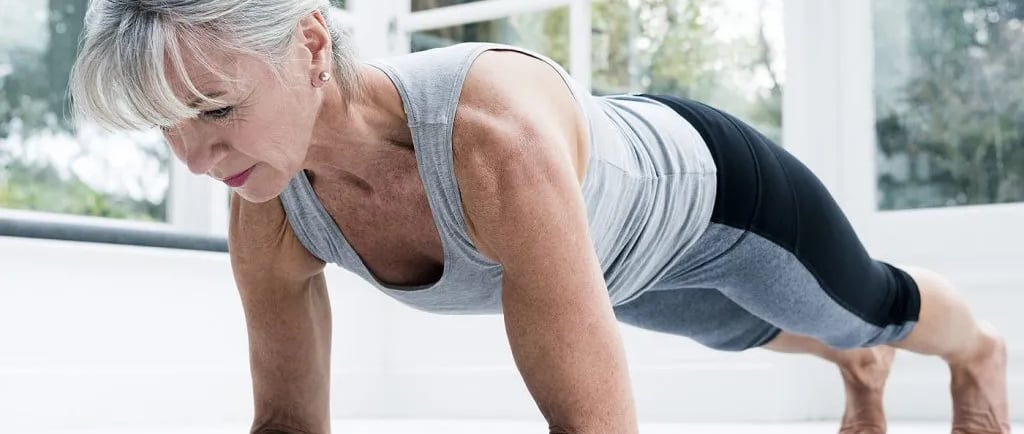

The Importance of Core Strength for Seniors
As we age, maintaining core strength becomes increasingly important. A strong core is essential for more than just athletic pursuits; it's vital for everyday activities. For seniors, strengthening the core can significantly improve stability, mobility, and overall quality of life. This article aims to guide you through the process of building a stronger core and ensuring a healthier, more active lifestyle. Jason Lamendola PT and the team at TLC Physical Therapy provide their expert advice on how to properly strengthen your core and improve your quality of life.
What is Core Strengthening? Understanding the Basics
Core strengthening is more than just working out the abdominal muscles. It involves a series of exercises that target the entire trunk, which includes muscles in your abdomen, back, and pelvis. For seniors, these exercises are not just about building muscle; they're about creating a stable center of mass that supports your body through all kinds of movements and helps prevent injuries.
Why Strengthen Your Core? Key Benefits for Seniors
A strong core is crucial for seniors. It improves balance, reducing the risk of falls – a major concern for older adults. It also enhances posture, alleviates lower back pain, and aids in performing daily tasks more efficiently. Core strength is integral to maintaining independence as you age, making it a key focus for those 40 and older.
The Role of Core Stability in Regaining Mobility
Core stability is the cornerstone of mobility, particularly for seniors. It allows for safer and more efficient movement, whether you're walking in Central Park or climbing stairs in your Brooklyn apartment. A stable core also minimizes the strain on other parts of the body, reducing the risk of injury and aiding in quicker recovery from physical activities.
Core Bracing: The First Step to a Stronger Core
Core bracing is a fundamental technique that involves tensing the core muscles to create a solid base for movement. This simple exercise can be done anywhere and is a vital first step in any core-strengthening routine. It prepares your body for more complex movements and ensures that you engage your core muscles correctly during workouts.
Top 5 Core Strengthening Exercises for Seniors
Bird Dog with Elbow to Knee: A balanced exercise that enhances coordination and core stability. Ideal for seniors, it gently works both the back and abdominal muscles.
Moving Hip Bridge: This exercise targets the lower back and glutes, areas crucial for good posture and lower body strength. It's simple yet effective, making it suitable for all fitness levels.
Supine Leg Extension: Focusing on controlled movement, this exercise strengthens the core while promoting leg strength. It's particularly beneficial for maintaining a strong and stable spine.
Plank With Knee Drive: A more advanced exercise, this version of the plank strengthens the entire core and is great for improving overall endurance and stability.
Additional Core Exercises: Incorporating yoga, crunches, and plank variations can diversify your core routine, making it more enjoyable and effective.
Integrating Core Exercises into Your Daily Routine
Consistency is key when it comes to core strengthening. Integrating these exercises into your daily routine ensures gradual and sustained improvement. Start with a few minutes each day and gradually increase the duration as your strength builds. Remember, safety first: always listen to your body and consult with a healthcare professional if you have any concerns.
Conclusion: Embracing Core Strength for a Healthier Life
Embracing core strength exercises is a step towards a healthier, more active life for seniors in Staten Island, Brooklyn, and Manhattan. By incorporating these exercises into your daily routine, you can enjoy improved mobility, better balance, and a greater sense of independence. Start your journey towards a stronger core today and feel the difference in your overall well-being.
Introduction: Understanding Sciatica and Its Impact on Daily Life
Sciatica is a common condition that can significantly impact the quality of life, especially for individuals over 40. It is characterized by pain radiating along the sciatic nerve, which extends from the lower back to the legs. Understanding the nature of this condition is crucial in recognizing its symptoms and seeking timely treatment. Jason Lamendola PT and the team at TLC Physical Therapy bring a unique perspective on the challenges of Sciatica and how to find relief.
What Causes Sciatica? Recognizing the Common Triggers
Sciatica can arise from various causes, affecting people across ages but more prevalent in men between 30 and 50. It’s often triggered by conditions like a ruptured disk or spinal stenosis, which compress the sciatic nerve. Recognizing these triggers is vital in addressing the root cause of sciatica pain.
How Does Physical Therapy Offer Relief from Sciatica Pain?
Physical therapy stands as a primary treatment for sciatica, focusing on pain management and relief. Certified physical therapists at TLC Physical Therapy develop personalized treatment plans, incorporating exercises, stretches, and various innovative techniques to alleviate pain and address its underlying causes.
Individualized PT Approaches for Sciatica
Deep Tissue Massage: Easing Nerve Pressure
Deep tissue massage in physical therapy specifically targets muscles and fascia involved in sciatica pain. This technique helps release nerve pressure, providing significant relief.
The Role of Heat and Cold Therapies in Sciatica Treatment
The strategic use of heat and cold therapies can effectively reduce inflammation and muscle cramps, a common symptom in sciatica patients. This method improves comfort and accelerates recovery.
TENS: A Non-Invasive Option for Sciatica Relief
TENS, or Transcutaneous Electrical Nerve Stimulation, is a non-invasive treatment that reduces muscle spasms and pain, offering a comforting solution to those suffering from sciatica.
Sonography: Advancing Healing with Sound Waves
Ultrasonic therapy uses sound waves to penetrate muscle tissues, providing warmth and improving blood flow. This advanced technique is effective in easing pain and muscle spasms related to sciatica.
Long-Term Benefits of Physical Therapy for Sciatica Patients
Engaging in physical therapy for sciatica not only provides immediate relief but also promotes long-term health. It helps in enhancing joint movement, strengthening core muscles, and improving coordination, contributing to a lasting solution against sciatica pain.
Why Choose TLC Physical Therapy for Your Sciatica Treatment?
At TLC Physical Therapy, we offer expert care tailored to each patient’s specific needs. Our commitment to providing comprehensive treatment options makes us a preferred choice for sciatica treatment in Staten Island, Brooklyn, and Manhattan.
Conclusion: Taking the First Step Towards Sciatica Relief with TLC Therapy
Living with sciatica can be challenging, but effective treatment is within reach. At TLC Physical Therapy, we are dedicated to helping you regain comfort and mobility. Take the first step towards a pain-free life by reaching out to us for specialized sciatica care.
Schedule your appointment at one of our practices in Staten Island, Brooklyn, or Manhattan today!
